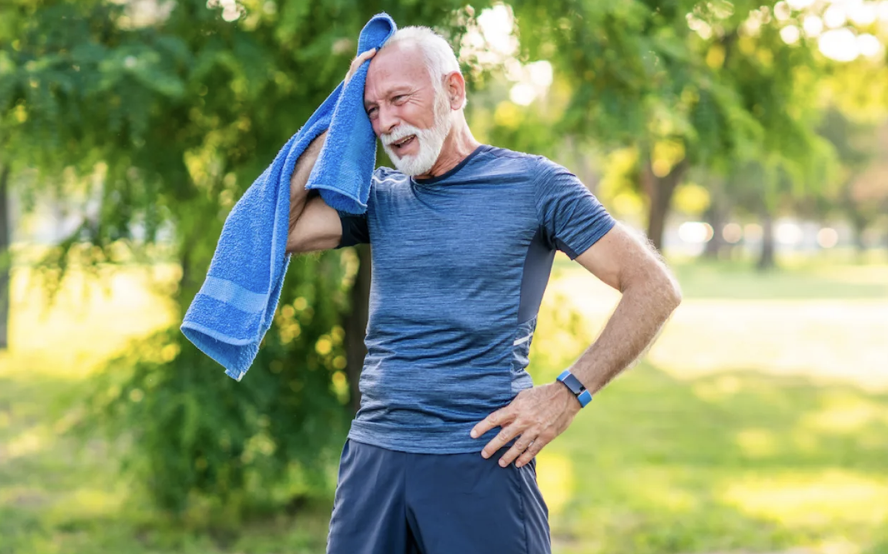When exercising in hot weather, safety should be a top priority. With soaring temperatures, it’s crucial to take precautions to avoid heat-related illnesses. Experts suggest several strategies for safely exercising in high heat. First, if the temperature rises above 80 degrees Fahrenheit and the humidity exceeds 80 percent, it’s recommended to move your workout indoors. Embracing the cool and controlled environment of an air-conditioned gym, fitness class, or home workout routine can help you stay motivated and avoid the dangers of extreme heat.
Another tip is to schedule your workouts in the early morning when temperatures are cooler. Exercising before the heat reaches its peak reduces the risk of heat-related illnesses and allows you to start your day with a burst of energy. The serene and fresh atmosphere of early mornings can also enhance the effectiveness of your exercise routine.
Water-based activities like swimming offer a safe alternative for exercising in hot weather. Swimming, aqua-aerobics, or even water volleyball provide a refreshing way to stay active while keeping cool. The buoyancy of water offers a gentle resistance that works wonders for your muscles.
If you choose to exercise outdoors, seek shaded areas like tree-lined trails or covered parks to limit your time spent under direct sunlight. Even in the shade, it’s important to protect your skin by applying a high-SPF sunscreen. Opt for lightweight, moisture-wicking clothing in light colors to reflect sunlight and keep you cooler. Don’t forget to wear a wide-brimmed hat and UV-blocking sunglasses for additional protection.
Staying hydrated is crucial during hot weather workouts. Drink plenty of water throughout the day, and consider consuming isotonic sports drinks during your workout to replenish lost salts and minerals. These drinks can help maintain fluid balance and support proper muscle and nerve function. Additionally, listen to your body and know your limits. If you experience symptoms like dizziness, faintness, nausea, or cessation of sweating, stop exercising immediately as these could be signs of heat exhaustion or heat stroke.
By following these precautions and adapting your exercise routine to the heat, you can safely continue your fitness journey even in hot weather conditions. Remember to prioritize your well-being and adjust your activities accordingly.

